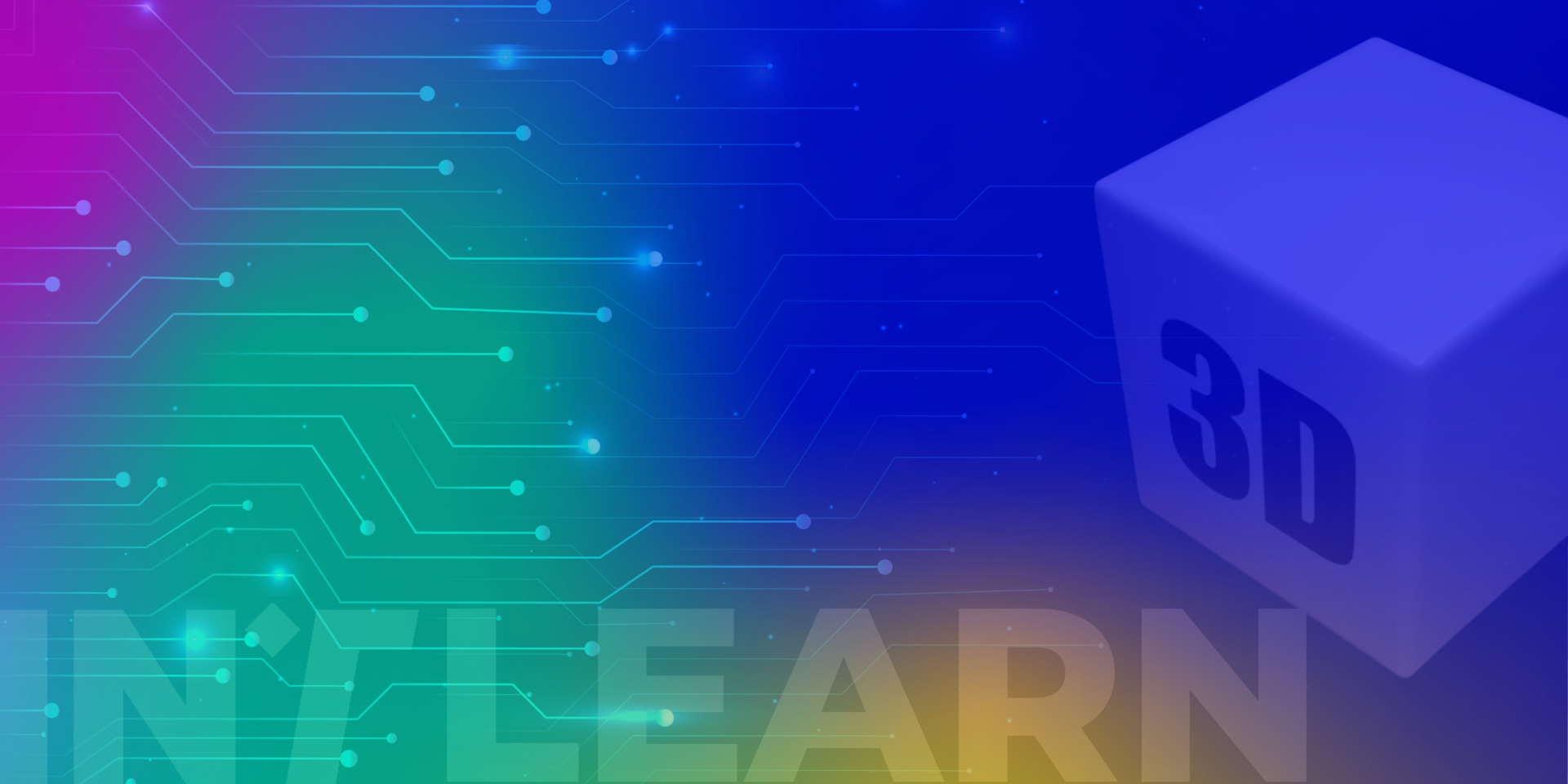Definitions, history and fields of application of the Drone
Drone: an unmanned aircraft used for recreational or professional purposes.
The word “drone” has Anglo-Saxon derivations and literally means “buzz,” recalling the characteristic whirring sound generated by the propellers and engine during flight. The history and fields of application of the Drone are topics that determine its importance on an innovative level.
DEFINITIONS
The term “drone” is commonly used as a generic reference to unmanned vehicles, but there are different nomenclatures that reveal different nuances.
APR (Aeromobile a Pilotaggio Remoto – Remotely Piloted Aircraft): This specific term defines aerial drones, characterized by the absence of a pilot on board but guided from the ground via a flight control system that ensures their stability.
SAPR (Sistema Aeromobile a Pilotaggio Remoto – Remotely Piloted Aircraft System): This definition specifies the professional purpose of the aircraft’s use, distinguishing it from exclusively sports or recreational use.
UAS (Unmanned Aircraft Systems): This term identifies “unmanned aircraft systems,” an additional terminology that covers the entirety of the aircraft and its control systems.
Regardless of the terminology, the essence remains the same: a drone is a flying apparatus characterized by the absence of a pilot on board, controlled and piloted remotely via a specific radio control or, in the case of military drones, actual control rooms.
HISTORY
The first rudimentary drone prototypes were created for warlike purposes in 1849. It was only in the 1930s that the British developed a radio-controlled target called the Queen Bee, which served as a reference model for the first American “drone.”
During World War II, alongside the production of target drones, radio-controlled targets, small unmanned aircraft were also developed and used in both military and civil contexts. Since then, technology has made great strides, and the meaning of “drone” has expanded to include not only aerial vehicles but also terrestrial rovers and underwater drones, used for various purposes.
FIELDS OF APPLICATION
In recent years, drones have garnered great general interest for recreational use, but their potential as an innovative tool for professional purposes is enormous. In fact, their potential applications are numerous and continuously expanding.
The Photogrammetry and Thermography, they are used for precise surveys and thermal analyses, with the aim of creating accurate mapping and detailed territory monitoring. In agriculture, they are employed for field monitoring, with the aim of optimizing resource distribution and spraying. In the context of security, they are capable of monitoring territory, road traffic, and highly dangerous situations that require immediate intervention. Finally, the use of drones is particularly valued in sectors such as Engineering and Topography, Urban Planning, Architecture, and Cinematography.
Today, civilian drones can be composed of a different number of motors, such as quadcopters, hexacopters, or octocopters, with different operating specifications. They can also be equipped with precise payloads such as thermal cameras, multispectral cameras or LiDAR laser scanners, which further expand their capabilities.
The use of drones is obviously subject to specific regulatory frameworks, such as the ENAC regulation in Italy, which protects people’s privacy and air traffic safety. These regulations establish precise limitations regarding the weight of the aircraft, the distances, the maximum elevation and the absolute prohibition of use in ATZ (Aerodrome Traffic Zone) areas.





